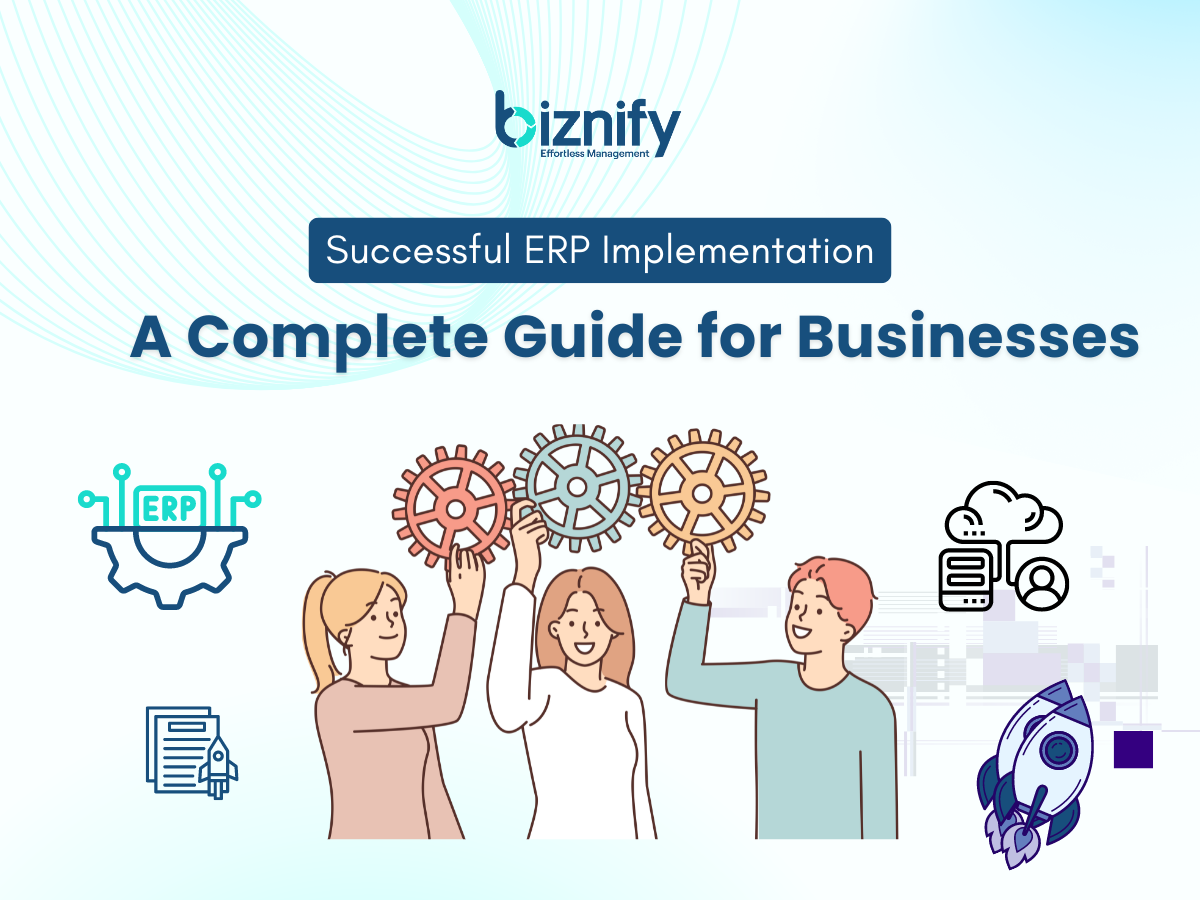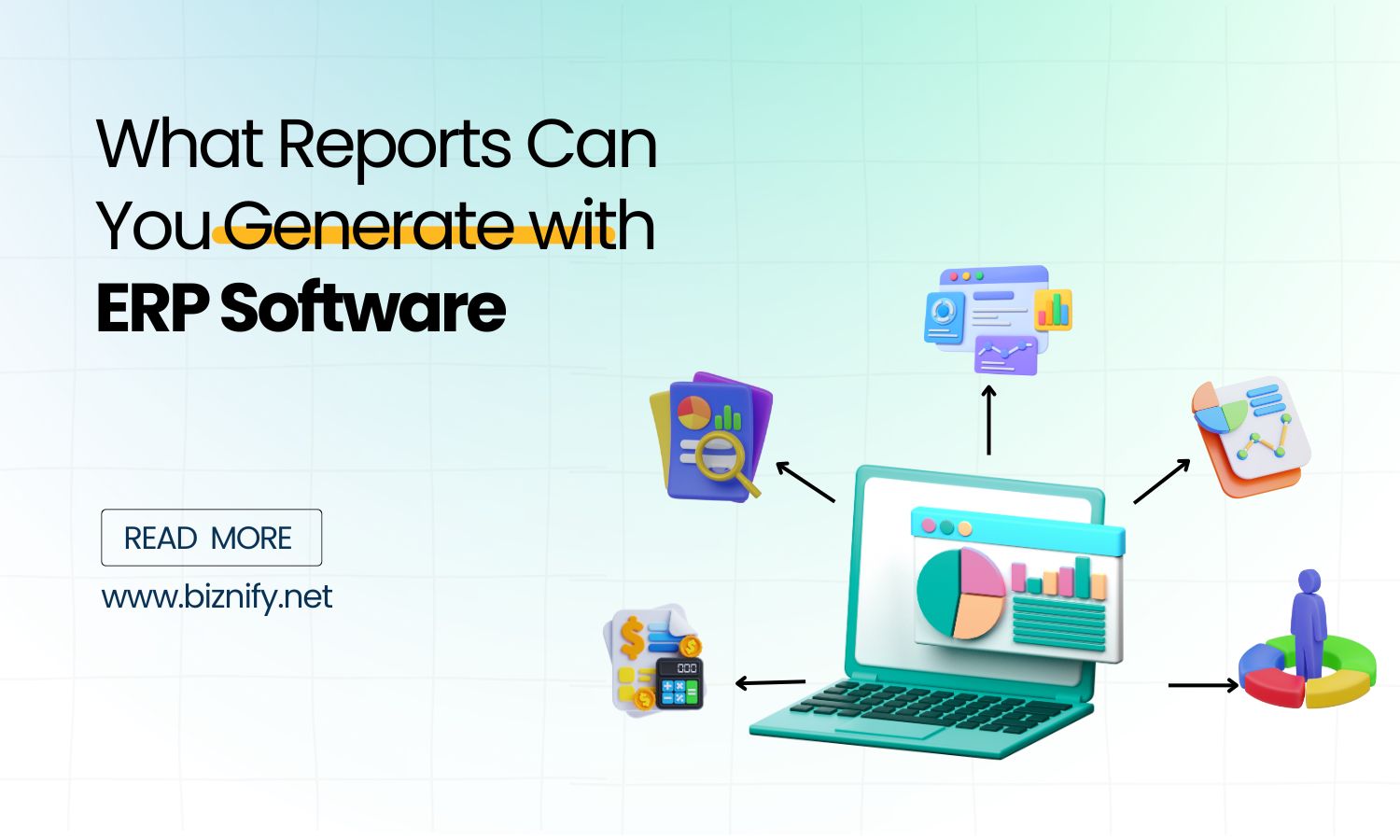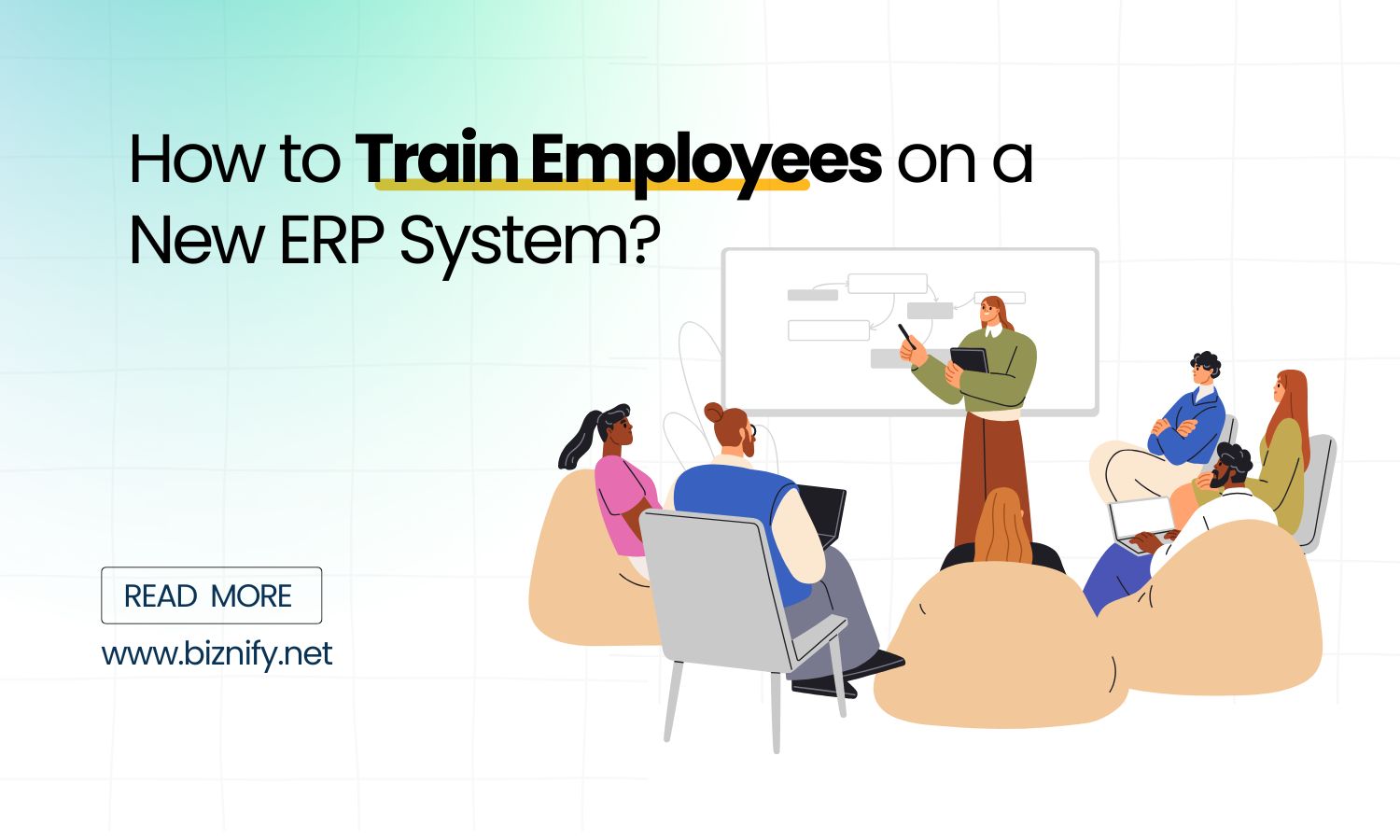
Imagine a business where every process from inventory to customer service runs like clockwork with no delays, no errors, and no missed opportunities. This is the promise of ERP implementation. But here’s the reality: according to recent studies, nearly 60-70% of ERP implementation projects fail to meet their intended objectives, leading to costly setbacks and wasted resources. For businesses in Bangladesh, where competition is fierce and margins are tight, the stakes are even higher.
ERP implementation isn’t just about installing new software; it’s about integrating your entire operation into a seamless system that drives efficiency and growth. Yet, without the right approach, businesses risk falling into the same traps that have derailed so many others. Misaligned expectations, poor data migration, and user resistance are just a few of the common pitfalls that can turn an ERP dream into a nightmare.
So, how can your business avoid these challenges and ensure success? In this guide, we’ll break down every segment of ERP implementation for you, revealing the crucial phases and strategies you need to know to navigate this complex journey and achieve lasting results.
Implementing an ERP system is a journey that involves several crucial phases. Understanding these phases ensures that your ERP implementation is smooth, effective, and aligns perfectly with your business goals.
The first phase of ERP implementation is planning and discovery. This stage is all about laying a solid foundation. Start by understanding your business requirements. What are the specific needs that your ERP system must address? Once you’ve identified these needs, the next step is selecting the right ERP software that fits your business like a glove. The wrong choice can lead to costly mistakes, so this decision must be made carefully.
With the software selected, it’s time to focus on setting clear goals and objectives. Define what success looks like for your ERP project. Clear goals will guide the implementation process and keep everyone aligned.
Once planning is complete, the design and configuration phase begins. This is where the ERP system is customized to fit your business needs. Your ERP should reflect the way your business operates, not the other way around. This involves workflow design and setting up user roles. Every department should be able to use the system efficiently, with clear permissions and access levels.
Next, plan for data migration. This step involves deciding how and when your existing data will be transferred into the new ERP system. It’s crucial to ensure that this data migration plan is meticulous, as errors at this stage can have long-lasting impacts.
Data migration is a critical phase where accuracy is paramount. Start by ensuring data accuracy and integrity. This means your data must be clean, correct, and formatted to match the requirements of the new system. Data cleansing and validation techniques are essential here. They help you eliminate duplicates, correct errors, and format data properly.
You’ll also need the right tools and technologies for data migration. Choose tools that can automate as much of the process as possible, reducing the risk of human error. Remember, good data migration sets the stage for successful ERP operation.
Before going live, extensive testing and training are vital. Start with testing ERP functionality and performance. This involves running the system through various scenarios to ensure it performs as expected under different conditions. Then, conduct User Acceptance Testing (UAT) to confirm that the system meets the end-users' needs.
Simultaneously, focus on training employees and stakeholders. An ERP system is only as good as the people using it, so comprehensive training ensures that everyone is comfortable and confident with the new system.
The deployment and go-live phase is where your ERP system goes from concept to reality. Begin with final preparation and cutover activities. This includes the final data migration, setting up the system environment, and ensuring everything is in place for a smooth transition.
Once live, it’s essential to monitor go-live success closely. Track the system’s performance and be ready to address any initial challenges. This might involve troubleshooting, tweaking configurations, or providing additional training to users.
The journey doesn’t end once your ERP system is live. Post-implementation support is crucial to ensuring long-term success. This involves continuous monitoring and optimization of the system. Regular check-ups can identify areas for improvement and keep the system running smoothly.
Listen to user feedback and implement system enhancements as needed. ERP systems should evolve with your business, so staying responsive to user needs is key.
Finally, ensure you’re ensuring long-term success by keeping the system updated and aligned with your business goals. Regular training sessions, system upgrades, and a proactive support strategy will help your ERP system remain an asset to your business for years to come.
With the phases of ERP implementation laid out, it's essential to adhere to best practices to maximize the success of your project. Let’s explore how to align your implementation with business goals, manage the project effectively, and address challenges that may arise along the way.
To ensure your ERP implementation aligns with business goals, follow these steps:
Define KPIs and Metrics for Success: Set clear, measurable indicators to track the ERP system’s effectiveness and ensure it meets your business objectives. For example, according to a study by Deloitte, organizations that define clear KPIs before implementation are 35% more likely to achieve their project goals【source: Deloitte ERP Implementation Study】.
Ensure Top Management Support: Secure backing from senior leaders to gain necessary resources and foster team motivation. As noted in an article from Harvard Business Review, top management support is critical in overcoming resistance and ensuring project alignment with strategic goals【source: Harvard Business Review on ERP Success Factors】.
For ERP project management, focus on:
Creating a Realistic ERP Project Timeline: Develop a detailed timeline to manage expectations and maintain project momentum. A case study by Gartner highlights that projects with well-defined timelines are 50% less likely to experience delays【source: Gartner ERP Case Study】.
Risk Management Strategies: Identify potential risks early and devise plans to mitigate them. According to research published in the Journal of Project Management, proactive risk management can reduce the likelihood of cost overruns by 20%【source: Journal of Project Management, 2022】.
Communication and Stakeholder Engagement: Keep all stakeholders informed and involved through regular updates and feedback sessions. A McKinsey report emphasizes that ongoing stakeholder engagement increases the chances of project success by up to 25%【source: McKinsey & Company】.
Change management in ERP is crucial for a smooth transition. To manage change effectively:
Overcome Resistance to Change: Address employee concerns by clearly communicating the benefits and involving them in the process. A study by Prosci found that change management initiatives are 6 times more likely to meet objectives when employee resistance is managed effectively【source: Prosci Change Management Best Practices】.
Engage and Motivate Employees: Highlight how the ERP system will benefit them and their roles. A survey by the Society for Human Resource Management (SHRM) found that employee engagement is a key factor in the successful adoption of new systems【source: SHRM Employee Engagement Survey】.
Provide Continuous Training and Support: Offer ongoing training to help employees adapt and make the most of the new system. According to a report by the Training Industry, companies that invest in continuous training see a 24% improvement in system adoption rates【source: Training Industry Report】.
Maximize your ERP system’s potential by:
Utilizing AI and Automation: Implement AI and automation to organize processes and improve accuracy. According to a report by PwC, businesses that integrate AI into their ERP systems can achieve up to a 30% increase in process efficiency【source: PwC AI in ERP Report】.
Investing in Monitoring and Reporting Tools: Use these tools to track performance, identify issues, and optimize system usage. The importance of robust reporting tools is underscored in a Forrester study, which found that companies with advanced reporting capabilities are more likely to optimize their ERP systems effectively【source: Forrester Research】.
Implementing an ERP system can be a complex process, fraught with challenges. Understanding these hurdles and knowing how to tackle them can make a significant difference in your ERP project’s success.
Budget and cost overruns are common ERP adoption challenges. To keep costs under control:
Strategies to Keep Costs Under Control: Develop a detailed budget that includes all potential expenses. Regularly review and adjust to address unexpected costs.
Balancing Budget and Quality: While it's essential to stay within budget, don’t compromise on quality. Invest in key features and reliable vendors to avoid costly issues later.
Data migration issues can derail an ERP project if not managed properly. To avoid problems:
Avoid Data Loss and Corruption: Implement robust data cleansing processes before migration to ensure accuracy and integrity.
Ensuring Seamless Data Transfer: Use proven data migration tools and techniques to facilitate a smooth transition, minimizing disruptions.
User resistance and low adoption rates are significant challenges. To build user confidence:
Building User Confidence: Engage users early in the process, involve them in decision-making, and communicate the benefits of the new system.
Providing Continuous Support: Offer ongoing training and support to help users adjust to the new ERP system and address any concerns promptly.
Technical issues can arise during the go-live phase. To handle these effectively:
Troubleshooting Common Problems: Prepare for common technical issues by developing a detailed troubleshooting guide and involving IT experts.
Having a Backup Plan: Ensure you have a contingency plan in place to address any major issues quickly and minimize downtime.
Successful ERP implementation requires a strategic approach and careful execution. Begin by aligning your ERP system with your business objectives, securing top management support, and developing a realistic project timeline.
Anticipate and address common challenges like budget overruns and data migration issues through proactive planning. Mitigate user resistance by implementing effective change management strategies and providing ongoing support to ensure smooth adoption.
For SMEs in Bangladesh, adhering to these best practices will significantly enhance the impact and efficiency of your ERP system.
Ready to transform your business with a tailored ERP solution? Contact us today to get the best affordable ERP prices in Bangladesh and explore how our expertise can guide you through a successful implementation process. Let's work together to achieve your business goals.






Just exploring ERP or unsure which modules you need? The Biznify team’s here with straight answers.